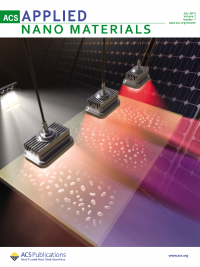We present a procedure that exploits thermally driven solid-state diffusional dewetting to yield considerable flexibility in generating ensembles of gold nanoparticles.
Journal Covers
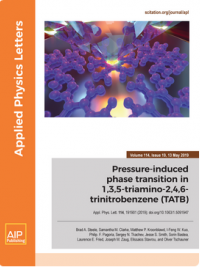
Here, we present the first high-pressure single-crystal X-ray diffraction (SXD) study of TATB.
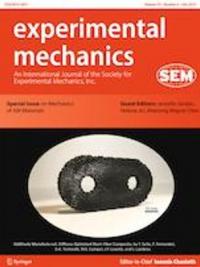
This effort describes experiments for the validation of the response of an additively manufactured stiffness-optimized short-fiber reinforced composite.
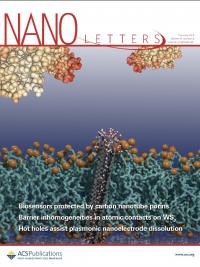
We integrate silicon nanoribbon transistor sensors with an antifouling lipid bilayer coating that contains proton-permeable carbon nanotube porin (CNTP) channels and demonstrate robust pH detection in a variety of complex biological fluids.

This book presents recently developed computational approaches for the study of reactive materials under extreme physical and thermodynamic conditions.
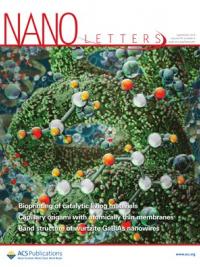
We report the use of freeze-dried live cells as the solid filler to enable a new living material system for direct ink writing of catalytically active microorganisms with tunable densities and various self-supporting porous 3D geometries.
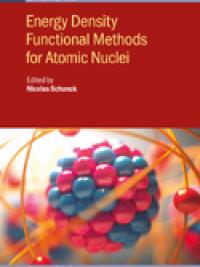
Nicolas Schunck, from the Nuclear Data and Theory Group in NACS, has edited a new book entitled Energy Density Functional Theory for Atomic Nuclei.
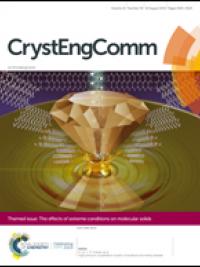
α-Glycine is studied up to 50 GPa using synchrotron angle-dispersive X-ray powder diffraction (XRD), Raman spectroscopy, and quantum chemistry calculations performed at multiples levels of theory.
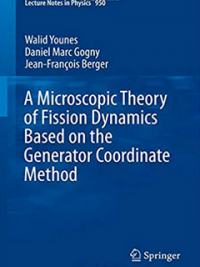
This book introduces a quantum-mechanical description of the nuclear fission process from an initial compound state to scission.
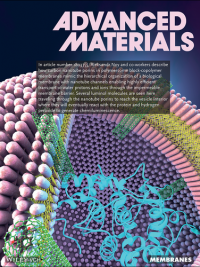
LLNL scientists combined synthetic bloc-copolymer membranes with artificial membrane nanopores based on carbon nanotube porins.


